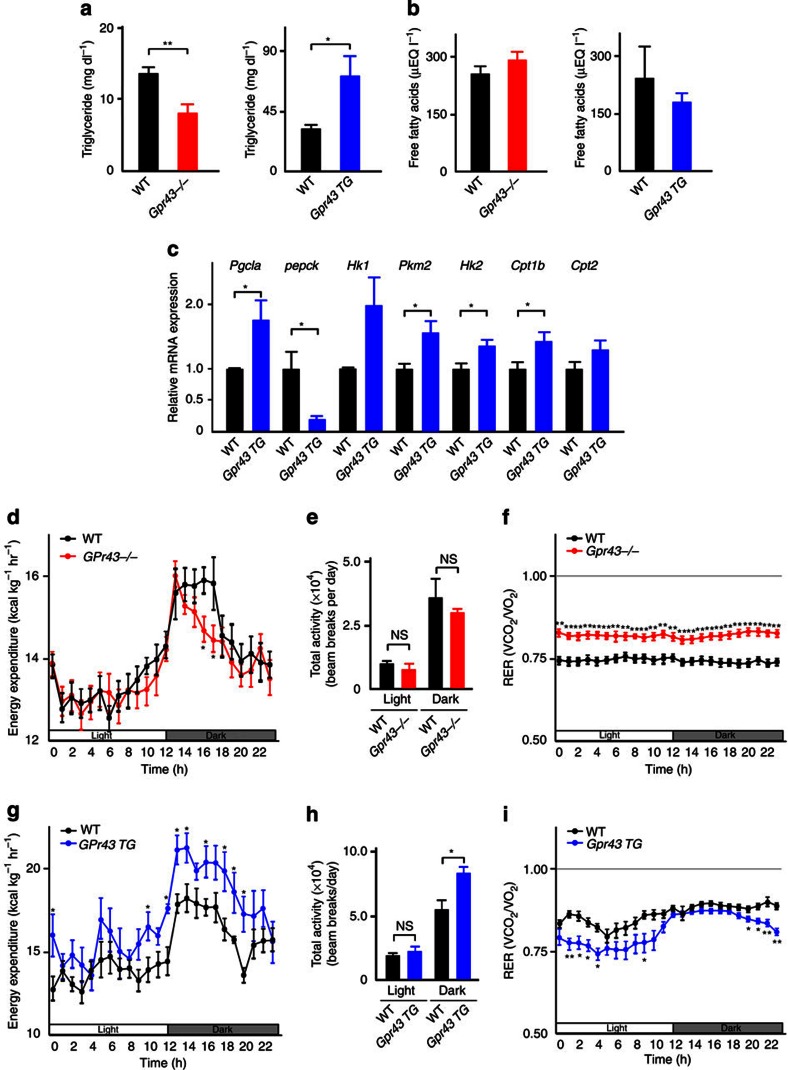Figure 6. GPR43 promotes energy expenditure by increasing the consumption of lipids.
Biochemical analysis of plasma obtained from Gpr43−/− mice on an HFD as well as aP2-Gpr43TG mice: triglycerides (a, n=6–7); free fatty acids (b, n=5–9). (c) mRNA levels of genes involved in energy expenditure (Pgc1a), gluconeogenesis (Pepck), glycolysis (Hk1, Pkm2, and Hk2) and β-oxidation (Cpt1b and Cpt2) in the muscles of aP2-Gpr43TG mice on an HFD (n=4). (d) Energy expenditure of Gpr43−/− mice on an HFD (n=7). (e) Total activity in Gpr43−/− mice fed an HFD (n=5, 3). (f) RER of Gpr43−/− mice fed an HFD (n=7). (g) Energy expenditure of aP2-Gpr43TG mice (n=7). (h) Total activity in aP2-Gpr43TG mice (n=5, 4). (i) RER of aP2-Gpr43TG mice (n=7). All mice were analysed at 16 weeks of age. All data are presented as mean±s.e.m. Student’s t-test; *P<0.05; **P<0.005; NS, not significant.

